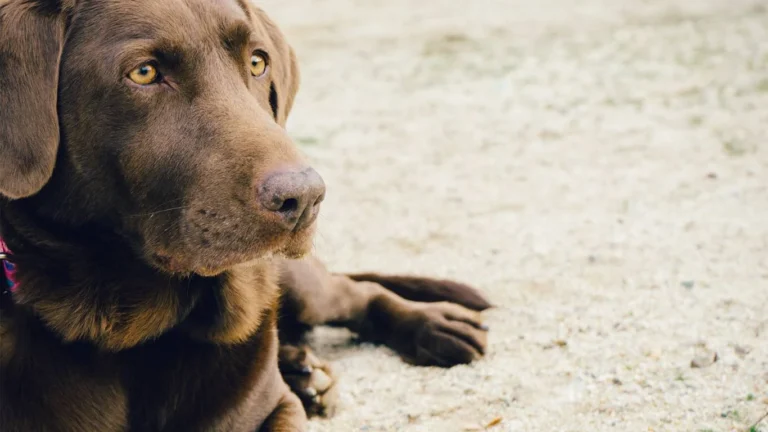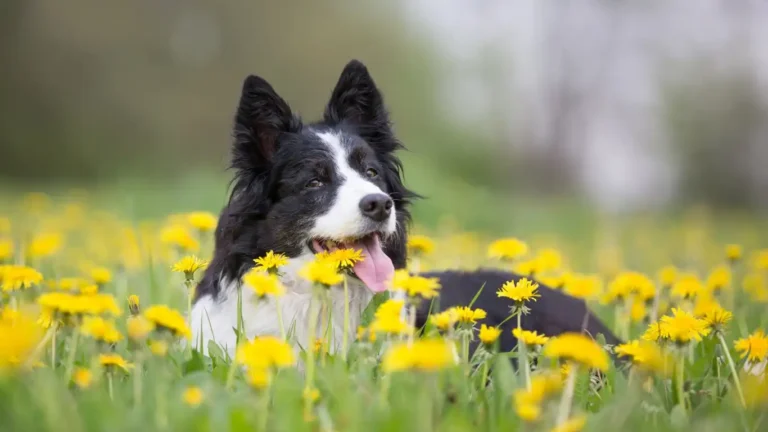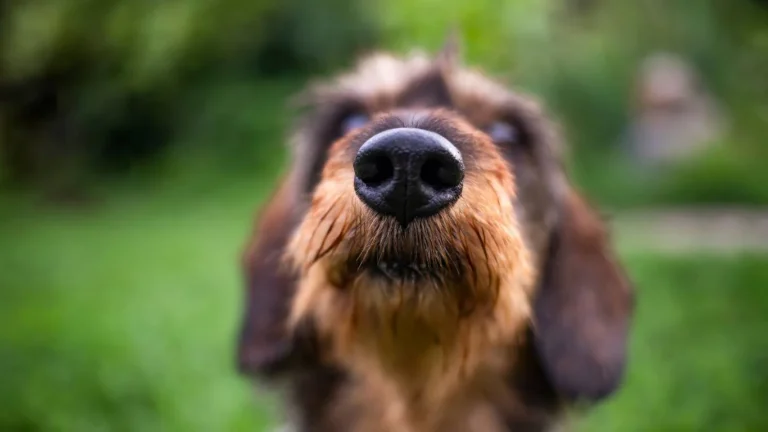Best Ways to Relieve Dry Nose in Dogs and Keep Them Comfortable
A dry nose in dogs is a common concern for pet owners. While it’s normal for a dog’s nose to vary in moisture throughout the day, a persistently dry or cracked nose can signal discomfort—or even a health issue. Knowing what causes a dry nose, and how to help relieve it, can keep your dog happy and healthy.
Understanding Why Dogs Have Wet Noses
Most of the time, a dog’s nose is cool and slightly wet. That’s because dogs secrete a thin layer of mucus from special glands in their nasal passages. This moisture helps them smell better and keeps their nasal tissues healthy.
The surface of a dog’s nose—called the nasal planum—is made up of skin, just like ours, but it’s more sensitive and exposed to the environment. It doesn’t have fur, so it dries out faster if it’s irritated, sunburned, or dehydrated.
Dogs also tend to lick their noses a lot. This keeps them moist and helps clear away dirt or allergens. So, when a nose becomes dry, it could be due to something affecting the dog’s ability to lick or produce moisture.
How the Nose Helps Your Dog
Your dog’s nose isn’t just for sniffing out treats. It plays a key role in regulating temperature, identifying scents, and even communicating with other dogs.
Here’s how a healthy nose works:
- Scent detection: Dogs have up to 300 million scent receptors (humans have only 5 million), and a moist nose helps trap scent particles for analysis.
- Temperature control: Dogs don’t sweat like humans. Instead, they release heat through panting and, to a small extent, through their noses.
- Health indicator: A dry nose doesn’t always mean something is wrong, but it can be one of the first signs that your dog is feeling off.
Because the nose does so much, keeping it in good shape supports your dog’s overall comfort and health.
Common Causes of Dry Nose in Dogs
A dog’s nose might be dry for many reasons. Some are completely harmless, while others may need a closer look. Here are the most common causes:
- Dehydration: Not drinking enough water can dry out the nose and mouth. Watch for other signs like dry gums or fatigue.
- Sleeping: It’s normal for a dog’s nose to dry out while sleeping, since they aren’t licking it.
- Weather changes: Hot sun, cold air, or wind can quickly dry out exposed skin, including the nose.
- Allergies: Dogs can have seasonal or environmental allergies that irritate the nasal tissue.
- Sunburn: Light-colored dogs and dogs with short noses are especially prone to sunburned noses.
- Aging: Older dogs may naturally produce less moisture, leading to a dryer nose.
- Autoimmune conditions: Some diseases, like discoid lupus erythematosus (DLE), affect the skin on the nose and may require medical treatment.
- Blockage or injury: A cracked, crusty nose can result from a wound or foreign object in the nasal passages.
If your dog’s nose is only occasionally dry, it’s likely nothing to worry about. But if it stays dry, cracks, or becomes painful, it’s a good idea to look into it more.
Relieving a Dry Nose at Home
Many mild cases of dry nose can be managed safely at home. Try these gentle remedies to bring relief:
- Hydration: Encourage your dog to drink fresh water throughout the day. You can even add a little low-sodium chicken broth to tempt picky drinkers.
- Use a nose balm: Pet-safe balms made with shea butter or coconut oil can soothe and protect dry noses. Avoid products with scents, dyes, or human sunscreen ingredients.
- Limit sun exposure: On sunny days, try walking your dog in the early morning or late afternoon to avoid sunburn.
- Run a humidifier: If your home is dry, especially in winter, a humidifier can help prevent dry skin and nasal tissue.
- Check the food and environment: Food allergies or irritants like scented cleaning products can lead to inflammation and dryness.
Apply balms gently and avoid rubbing or scrubbing the nose. If your dog seems uncomfortable or tries to rub their face, that’s a sign something more serious might be going on.
When to Call the Vet
While a dry nose is often not serious, it’s important to know when to seek veterinary advice. Keep an eye out for these signs:
- Cracks that bleed or become infected
- Scabs or thick crusting on the nose
- Loss of pigment (color) on the nose skin
- Swelling, bumps, or sores
- Nasal discharge, especially if it’s yellow, green, or bloody
- Other signs of illness like fever, lethargy, or poor appetite
If your dog has a dry nose along with any of these symptoms, it’s best to make an appointment. Your vet can check for underlying issues, including autoimmune diseases, infections, or allergies.
In some cases, lab tests or a skin biopsy may be needed to make a diagnosis. The good news is that many nose problems can be managed with the right treatment and care plan.
Takeaway: Keep an Eye, But Don’t Panic
A dry nose in your dog isn’t always a sign of illness. It can be a normal part of daily life, especially after sleep or during weather changes. But if the dryness lasts or causes other symptoms, it’s smart to look into it further.
With some simple steps—like using a pet-safe balm, making sure your dog is hydrated, and avoiding too much sun—you can help keep your dog’s nose soft, moist, and healthy.
And remember, if you’re ever unsure, a quick check with your vet can give you peace of mind and keep your furry friend feeling their best.






